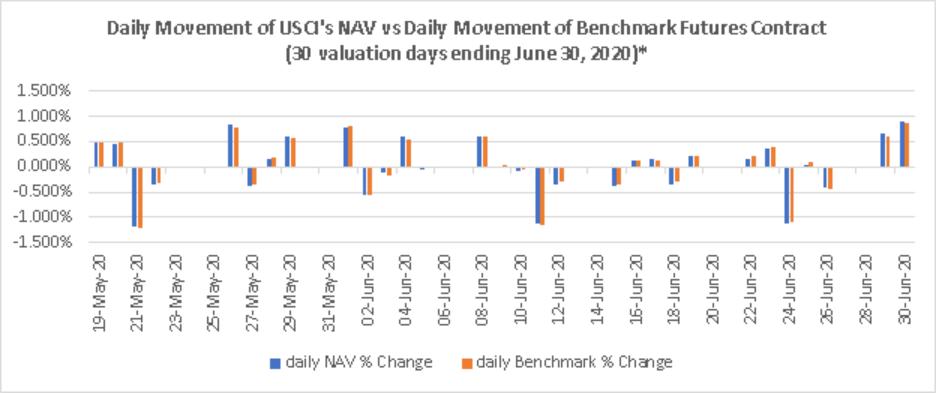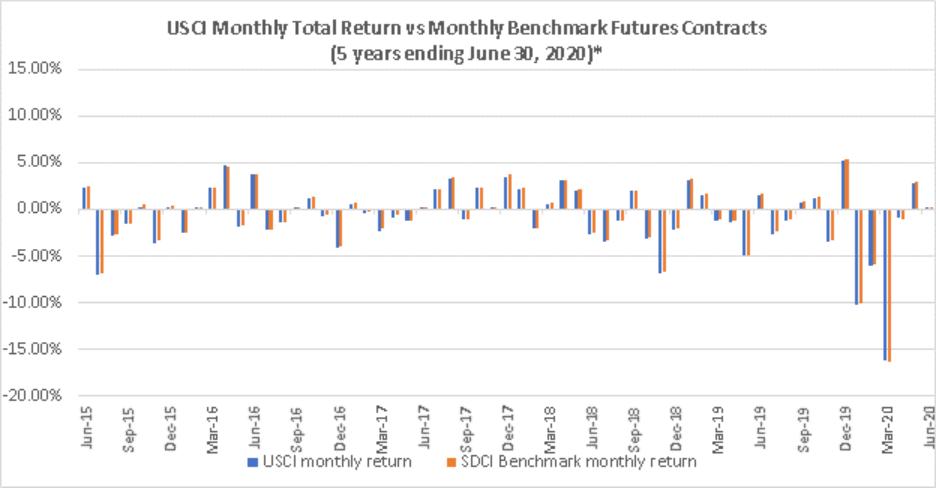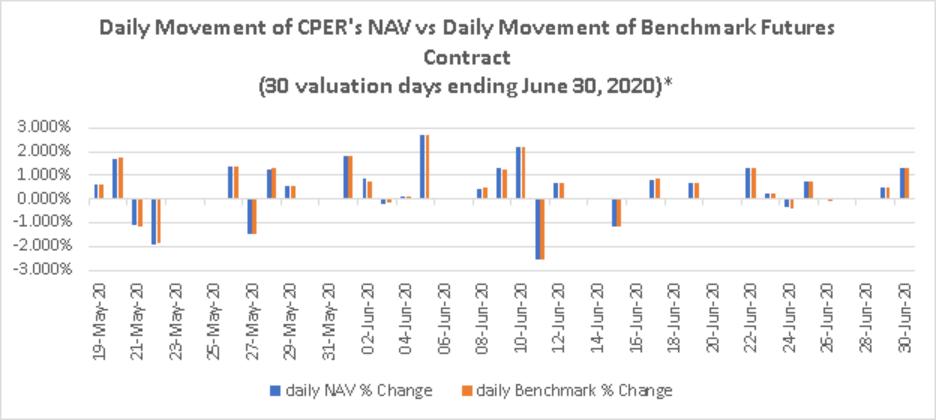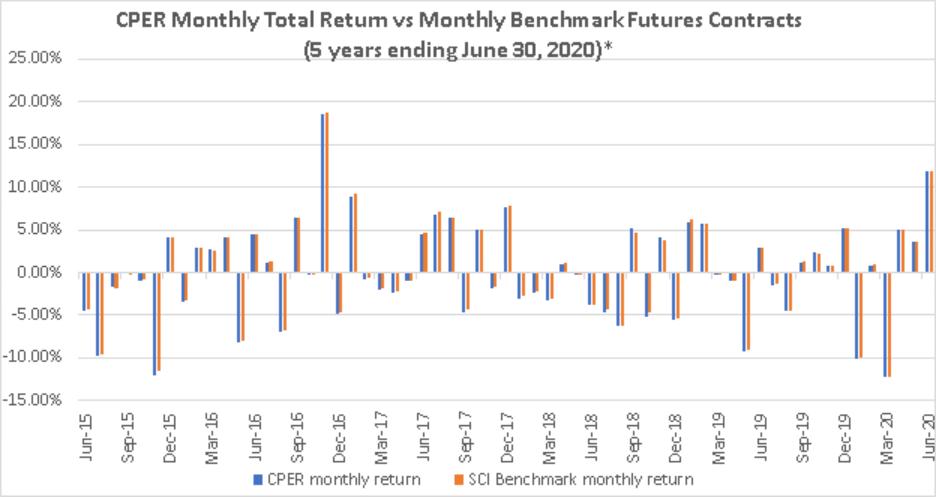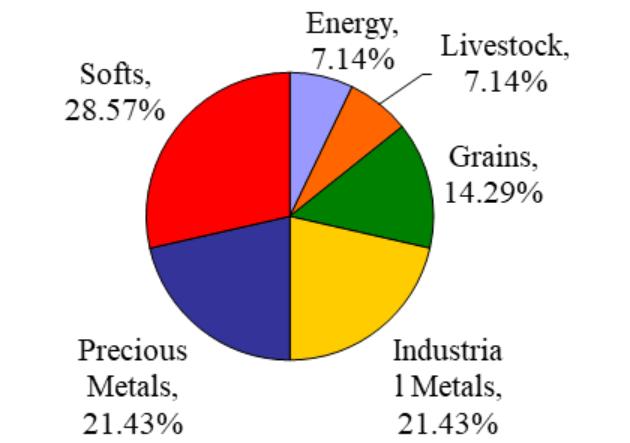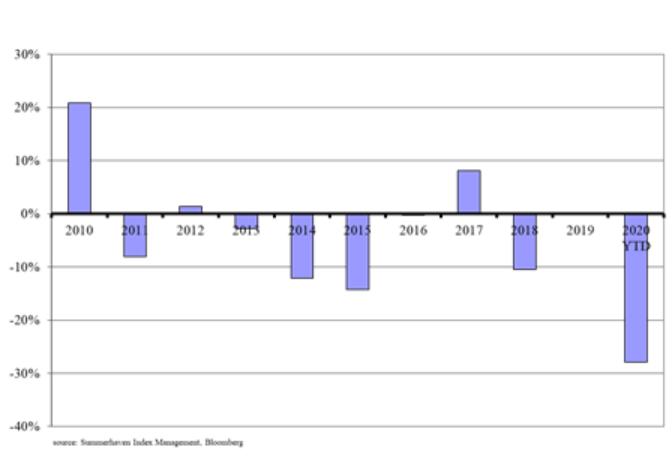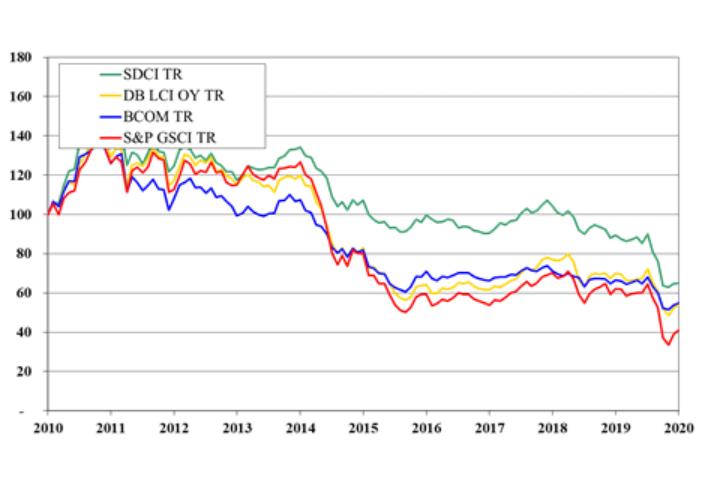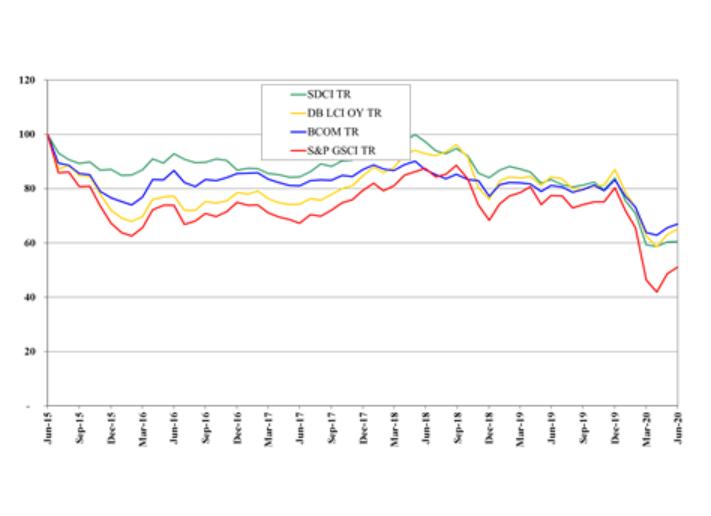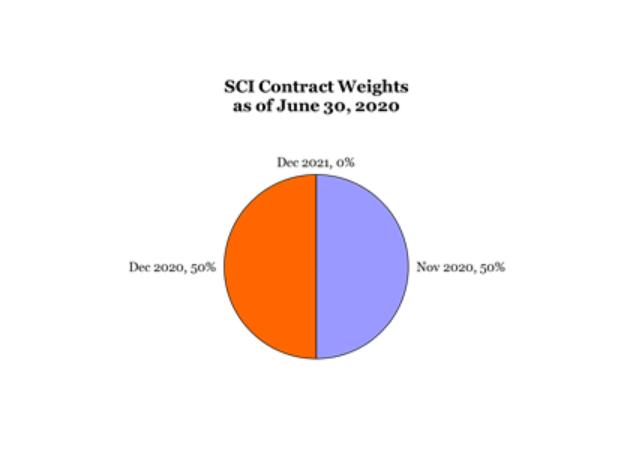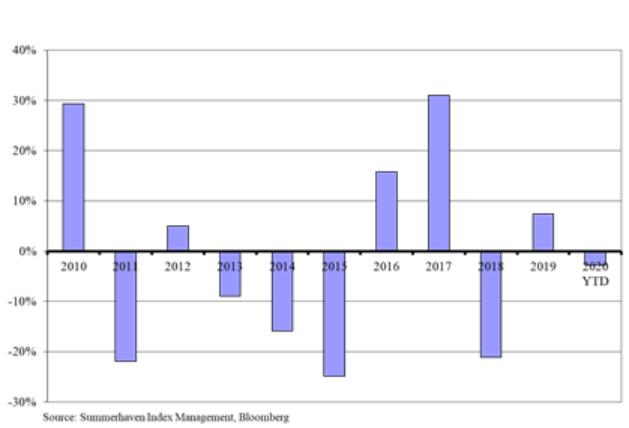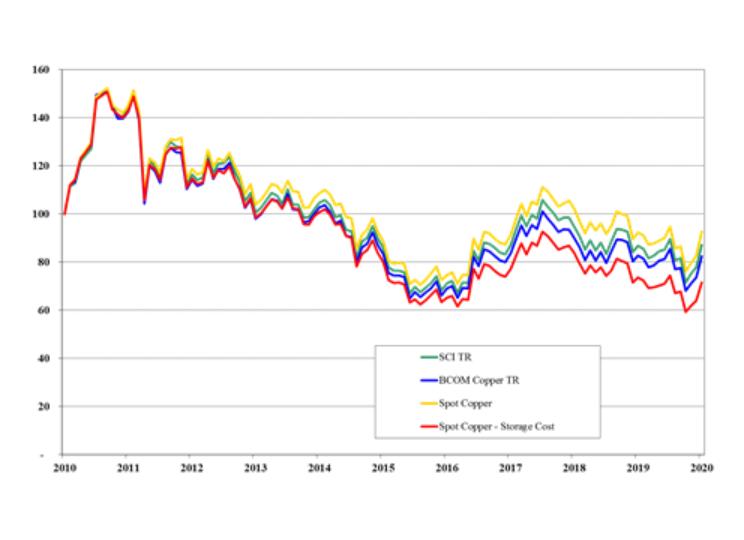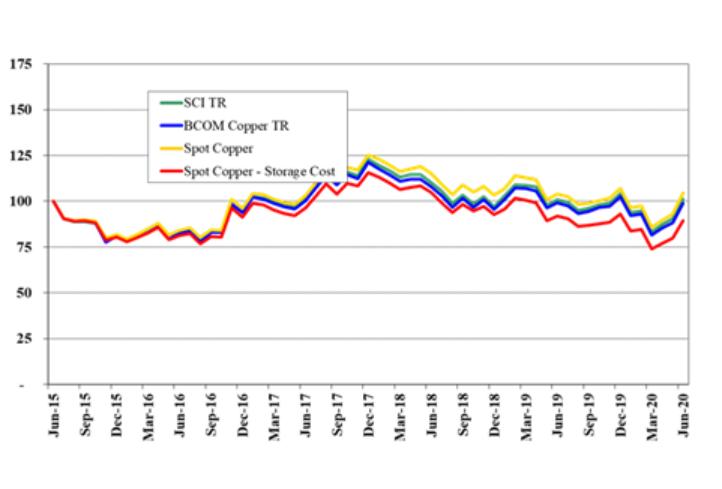Results of Operations
On July 30, 2010, USCI received a notice of effectiveness from the SEC for its registration of 50,000,000 shares on Form S-1 with the SEC. On August 10, 2010, USCI listed its shares on the NYSE Arca under the ticker symbol “USCI.” USCI established its initial offering per share NAV by setting the price at $50 and issued 100,000 shares to the initial Authorized Participant, Merrill Lynch Professional Clearing Corp., in exchange for $5,000,000 in cash on August 10, 2010. USCI commenced investment operations on August 10, 2010 by purchasing Futures Contracts traded on the Futures Exchanges.
As of June 30, 2020, there were 14,600,000 shares registered but not yet issued. More shares may have been issued by USCI than are outstanding due to the redemption of shares.
In connection with the Second Amended and Restated Trust Agreement dated November 10, 2010, USAG and CPER were designated as additional series of the Trust. Following the designation of the additional series, USCF made an initial capital contribution to the Trust. On November 10, 2010, the Trust transferred $1,000 to each of USAG and CPER, which was deemed a capital contribution to each series. On November 14, 2011, USCF received 40 Sponsor Shares of CPER in exchange for the previously received capital contribution, representing a beneficial interest in CPER. On December 7, 2011, USCF redeemed the 40 Sponsor Shares of CPER and purchased 40 shares of CPER in the open market. On April 13, 2012, USCF received 40 Sponsor Shares of USAG in exchange for the previously received capital contribution, representing a beneficial interest in USAG. On June 28, 2012, USCF redeemed the 40 Sponsor Shares of USAG and on October 3, 2012, purchased 5 shares of USAG on the open market. USCF redeemed all Sponsor Shares of USAG on September 7, 2018. On September 7, 2018, at the close of markets, USAG ceased all trading and all of USAG’s assets were liquidated on September 12, 2018 and distributed cash pro rata to all remaining shareholders. Further, on May 8, 2019, USCF contributed $1,000 to XBET in exchange for 20 Sponsor Shares of the series, which was deemed an initial capital contribution to the series. As of June 25, 2020, the Fund had withdrawn its registration.
The order to permit listing CPER on the NYSE Arca was received on October 20, 2011. On November 15, 2011, CPER listed its shares on the NYSE Arca under the ticker symbol “CPER.” CPER established its initial offering per share NAV by setting the price at $25.00 and issued 100,000 shares to the initial Authorized Participant, Merrill Lynch Professional Clearing Corp., in exchange for $2,500,000 in cash on November 15, 2011. The $1,000 fee that would otherwise be charged to the Authorized Participant in connection with an order to create or redeem was waived in connection with the initial Creation Basket.
As of June 30, 2020, CPER had issued 2,650,000 shares, 900,000 of which were outstanding. As of June 30, 2020, there were 27,350,000 shares registered but not yet issued. More shares may have been issued by CPER than are outstanding due to the redemption of shares.
Unlike funds that are registered under the 1940 Act, shares that have been redeemed by the Trust Series cannot be resold. As a result, each Trust Series contemplates that additional offerings of its shares will be registered with the SEC in the future in anticipation of additional issuances and redemptions.
As of June 30, 2020, USCI and CPER had the following Authorized Participants: BNP Paribas Securities Corp., Citadel Securities LLC, Credit Suisse Securities USA LLC, Goldman Sachs & Company, Jefferies & Company Inc., JP Morgan Securities Inc., Merrill Lynch Professional Clearing Corp., Morgan Stanley & Co. LLC, RBC Capital Markets LLC and Virtu Financial BD LLC.
